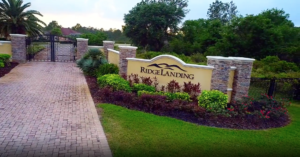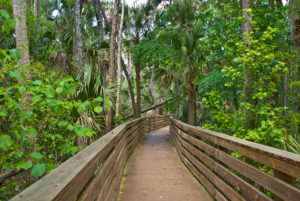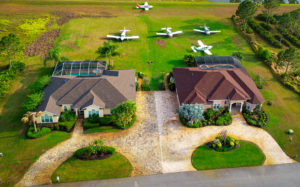Hello Aviators!! today’s trip is to Americas oldest city, St Augustine Fl this city is completely filled with old Florida shops restaurants
King Phillip II of Spain named Don Pedro Menendez de Aviles, Spain’s most experienced admiral, Governor of Florida, and instructed him to explore and to colonize the territory. When Menendez arrived off the coast of Florida, it was August 28, 1565, the Feast Day of St. Augustine. Eleven days later, he and his 600 soldiers and settlers came ashore at the site of the Timucuan Indian village of Seloy with banners flying and trumpets sounding. He hastily fortified the fledgling village and named it St. Augustine.
Utilizing brilliant military maneuvers, Menendez destroyed the French garrison on the St. Johns River and, with the help of a hurricane, also defeated the French fleet. With the coast of Florida firmly in Spanish hands, he then set to work building the town, establishing missions to the Indians for the Church, and exploring the land.
Thus, St. Augustine was founded forty-two years before the English colony at Jamestown, Virginia, and fifty-five years before the Pilgrims landed on Plymouth Rock in Massachusetts – making it the oldest permanent European settlement on the North American continent.
From Spanish colony to British rule to statehood, St. Augustine’s long history and varied cultural influences are evident in its streets, buildings and the people who call it home. St. Augustine’s historic sites and museums are great places to learn more about the history and culture of this unique city.
Castillo de san Marcos
St. Augustine’s most historically significant structure is the Castillo de San Marcos, a fort constructed by the Spanish between 1672 and 1695.
The need to fortify the tiny garrison town was understood as early as 1586, when it was attacked by Sir Francis Drake, an English corsair whose fleet of ten thousand men sacked and burned the town.
Later, in 1668, the English pirate Robert Searles assaulted and plundered the settlement. At the same time the threat of English colonization in the north had significantly increased, and Queen Mariana of Spain authorized the construction of a stone fortification.
The fort was built of coquina, a type of shell stone indigenous to the area and quarried from Anastasia Island.
The Castillo has never been conquered despite attacks by English General James Oglethorpe who attempted to subdue the town in 1740. Firing from the tip of Anastasia Island, he found his cannonballs were no match for the unusual consistency of coquina which absorbed the blast rather than crumbling.
Shortly after Florida became a territory of the United States, the fort was renamed Fort Marion in honor of Revolutionary War General Francis Marion. It retained that name from 1825 to 1942, when the Castillo appellation was restored.
In the 1870s and 1880s, the fort housed Indians detained by the U.S. Government. The Castillo and Fort Matanzas have been under the auspices of the National Park Service since 1933. The fort is open to the public daily, except for Christmas.






